Optimal Timing for Tile Service
Tile service involves installing, repairing, or maintaining tile surfaces in various settings. Proper timing ensures optimal results and longevity of the tile work. Factors such as climate conditions, indoor environment, and usage patterns influence the best time to schedule tile service.
Spring and early fall are ideal for tile installation due to moderate temperatures and humidity levels, which aid in proper curing and adhesion.
Scheduling during periods of stable indoor conditions prevents issues related to temperature fluctuations that can affect tile adhesion and grout setting.
Timing tile service during periods of lower activity minimizes disruption and allows for thorough curing and drying processes.
For outdoor tile projects, avoiding rainy or extremely humid seasons is crucial to prevent delays and compromised adhesion.

Workers applying tile during optimal weather conditions.
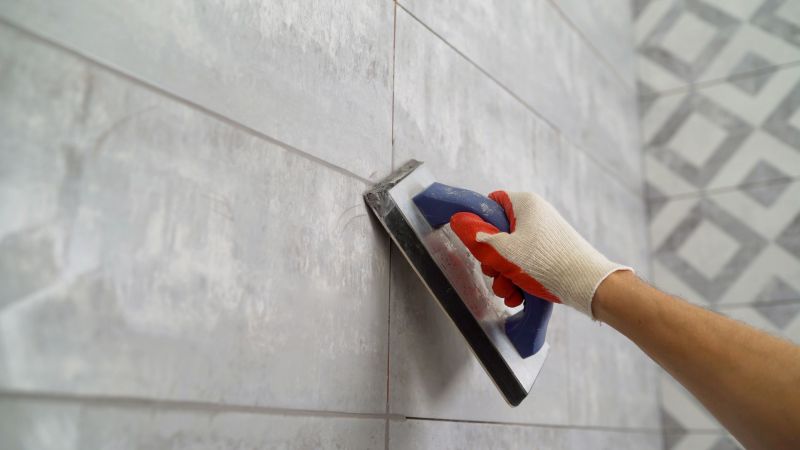
Technicians inspecting tile grout and surface integrity.
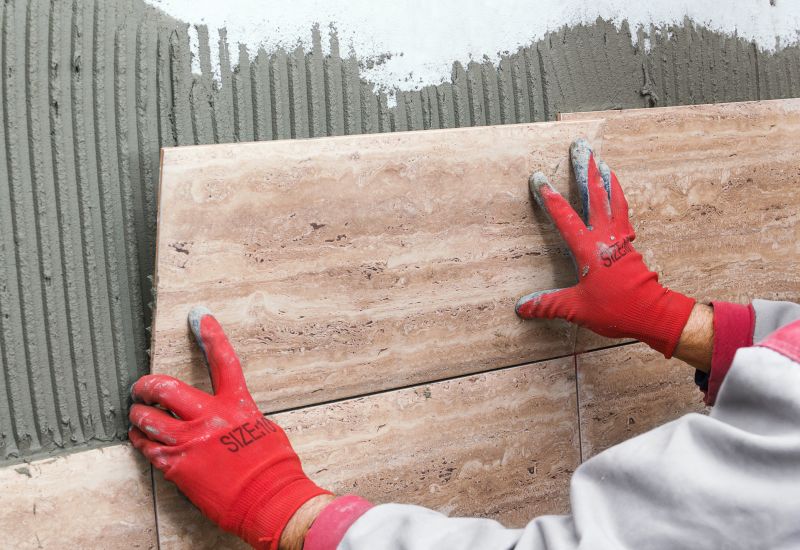
Preparing outdoor tiles during favorable weather.

Applying grout in a controlled environment.
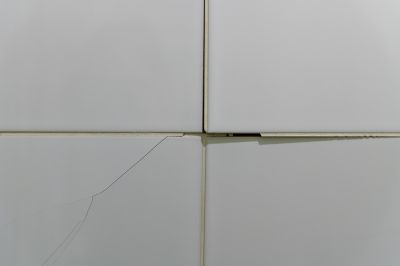
Repairing cracked tiles after seasonal changes.
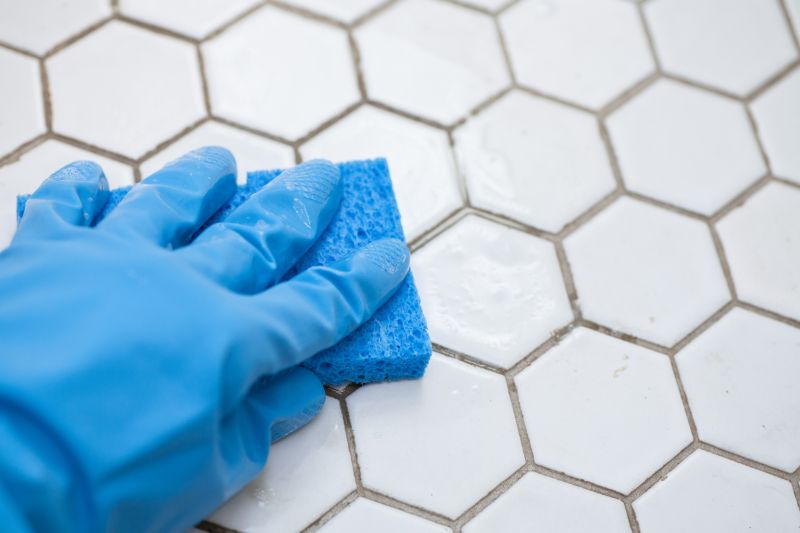
Sealing tiles to protect against moisture and stains.
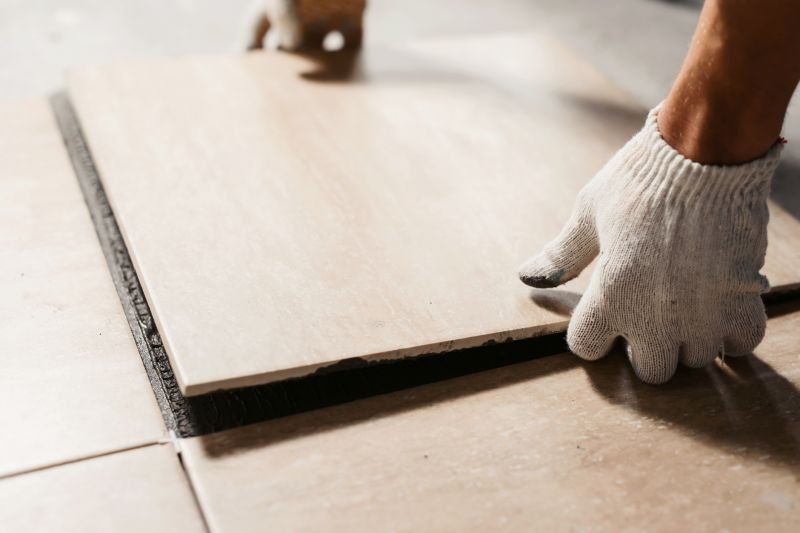
Assessing tile surfaces post-installation.

Maintaining outdoor tiles in dry seasons.
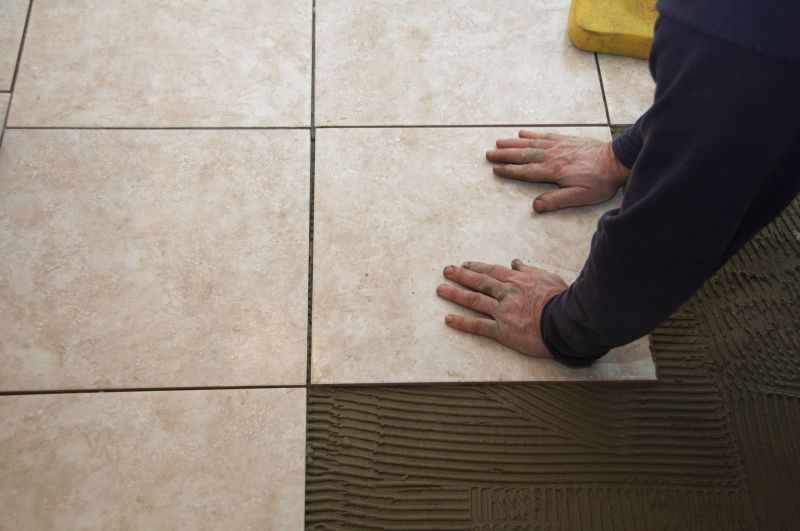
Restoring old tiles during appropriate weather periods.
| Factor | Optimal Timing |
|---|---|
| Temperature | Moderate temperatures prevent grout cracking and adhesion issues. |
| Humidity | Low to moderate humidity levels are preferred for curing. |
| Rainfall | Avoid scheduling during rainy or very humid seasons. |
| Indoor Conditions | Stable indoor temperature and humidity support proper setting. |
| Project Scope | Large outdoor projects require planning around weather forecasts. |
| Usage Patterns | Schedule during low-traffic periods for minimal disruption. |
| Maintenance Cycles | Coordinate with routine maintenance for cost efficiency. |
| Material Availability | Plan ahead to ensure materials are available during optimal times. |
Understanding the timing for tile service can significantly impact the durability and appearance of tile surfaces. Proper planning considers weather patterns, indoor conditions, and project scope to achieve the best results. Scheduling during favorable seasons and stable environments minimizes risks such as grout cracking, adhesion failure, or delays caused by weather disruptions.
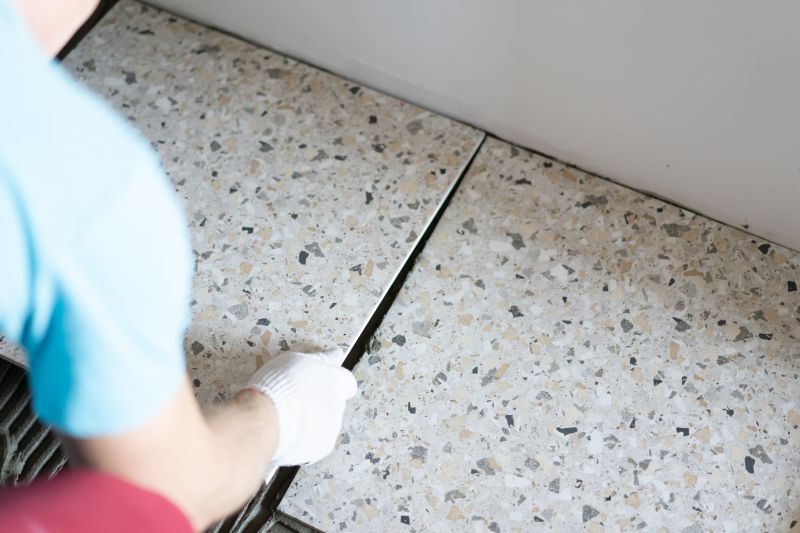
Technicians inspecting tile surfaces.
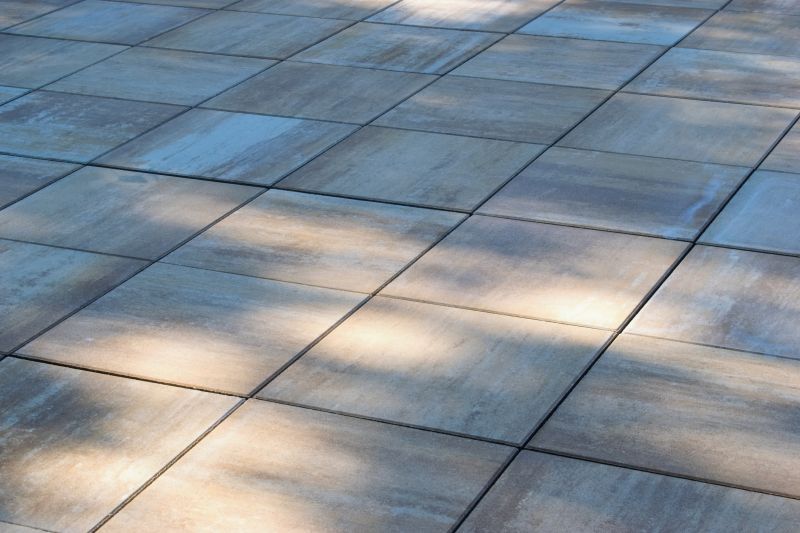
Preparing outdoor tiles during dry weather.
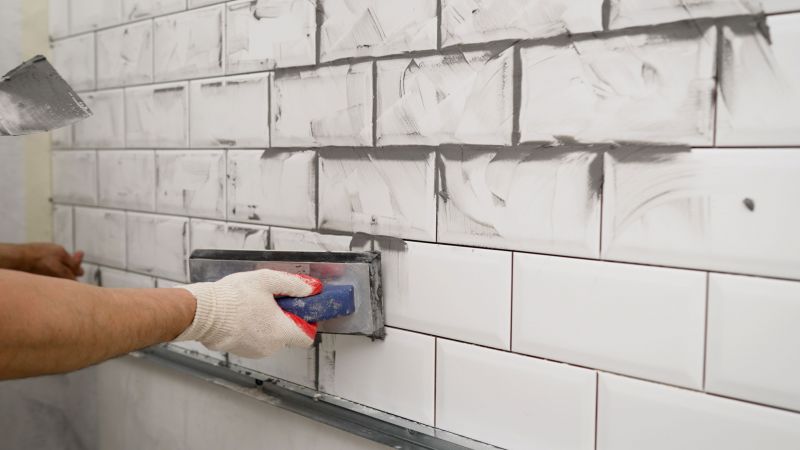
Sealing tiles to prevent moisture intrusion.

Addressing cracks and damages after seasonal changes.
For those interested in scheduling tile service, it is recommended to contact the local provider to discuss timing based on specific project needs and seasonal conditions. Proper scheduling ensures the longevity and quality of tile surfaces, reducing future maintenance and repair costs.



